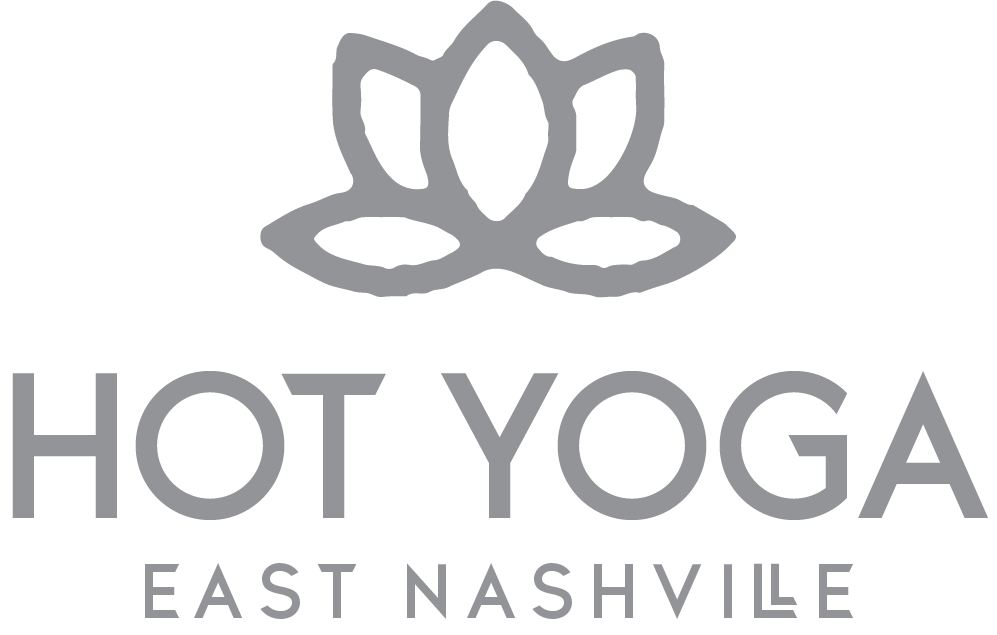BREATH IS LIFE - 7 BREATHING TECHNIQUES FOR BIKRAM-STYLE YOGA
by Wendy WestmorelandSeems pretty obvious; ‘breath is life’. I think it’s safe to assume that at some point, most adults learn that although you can go a while without food, a few days without water, you can’t go more than a few minutes without air. Stop breathing, stop living – pretty simple concept. What’s interesting is that most humans hold their breath when they are afraid. Ironic, as it seems that is when we need it the most. It’s also interesting that breath is automatic; it still happens when we’re not focusing on it. That’s good news. Considering the part about holding our breath, humans probably can’t be trusted with the responsibility to think about every inhale and exhale … heck, some of us forget to eat (pointing at myself here!)Yoga inherently teaches about breath. In Sanskrit, ‘Prana’ literally means life force. It is defined as life-giving energy or force of the universe. If there is no breath, there is no yoga, there is no life. ‘Pranayama’ is the process of breath control. Every yoga practice, every yoga posture incorporates some form of pranayama. I am a certified Bikram instructor. Therefore, I am writing specifically about pranayama of the 26 hatha yoga postures and 2 breathing exercises practiced in that series.To my current knowledge (and I reserve the right to add to it as I travel this yoga path) there are seven identifiable pranayama or breathing techniques used in the Bikram series. Most obviously, there are beginning and ending breathing exercises – bookends, alpha and omega for a complete experience. Continue with your practice, keep listening to the words, explore your breath and you will be able to identify the others.Normal breathing: There are many ways to label this kind of breathing but put in simplest terms, it’s equal inhale and exhale. This is the base for most breathing in the 26 hatha yoga posture series. The breaths can be short and shallow or long and deep but ideally, they are equal to each other. Holding your breath for just a millisecond briefly interrupts the uniformity of the flow and is not considered ‘normal’ breathing.Compressed breathing: Deep forward rounding, bringing your forehead to your knee(s), naturally compresses the front side of your body and the internal organs encased within. This includes your lungs. Exhaling all of the air out of your lungs as you round forward can help to find physical comfort. It alleviates pressure on the other organs. While compressed, there is room to take short and shallow breaths. Do the best that you can to make those breaths ‘normal’.Savasana breathing: Dead body pose promotes relaxation. Breathing long, slow, deep breaths releases tension from the body, mind and spirit. It is very common for students to find difficulty with this breathing technique. We hold a tremendous amount of tension in our chest, shoulders, neck and face. Also, some of us habitually tense our abdominal wall. Watch how babies breathe and you’ll see that when they inhale, their bellies rise and when they exhale, their bellies fall. Learn to relax your abdominal wall, breath normal and follow the baby’s breath in savasana. Bonus! This breathing technique is an excellent remedy for insomnia.80/20 breathing: This technique is helpful in postures executed belly side on the floor. When you are lying face down, it is difficult to take consistent, long inhales because your body weight is pressing down on your chest or abdomen. With 80/20, breathe in as you begin the posture, filling your lungs. Throughout the posture, keep most of the air in your lungs (80%) and exchange only small amounts (20%). Try to keep you breaths ‘normal’. Exhale all of your air out only as you release from the posture.Sit-up breathing: There are many different sit-up techniques and corresponding pranayama. It’s agreed that sit-ups are front side compressions and that open mouth exhaling is beneficial. I find inhaling before and exhaling throughout execution to be effective for me. It supplies a quick spurt of energy while releasing a short blast of metabolic waste from my lungs – out with the old, in with the new.What about breathing in backward bends and spine twists? Postures that include these kinds of spine manipulations are innately intense. In the beginning of your yoga life, you may find breathing deep intensifies discomfort in back bends and spine twists. In this case, try starting with short, normal breaths. With consistent practice, the body opens, becomes more strong and flexible. With time, the student achieves true relaxation and deep breathing may become more comfortable.Breath is a tool and used correctly, it can bring release and relaxation to your practice, your body and your mind. To test this, think back on the effects whenever you yawn or sigh. Yoga is an intimate, individual engagement and pranayama is but one experience that demonstrates such. I encourage all yoga students to continue the exploration of breath throughout this life journey. Yoga teaches faith. Yoga also teaches how to be our own best teacher. Consistent practice builds a strong physical and mental foundation. Eventually, the yogi learns to trust that they will know what is needed and when.

